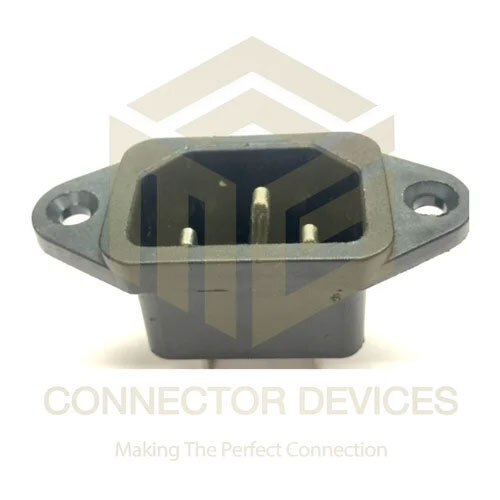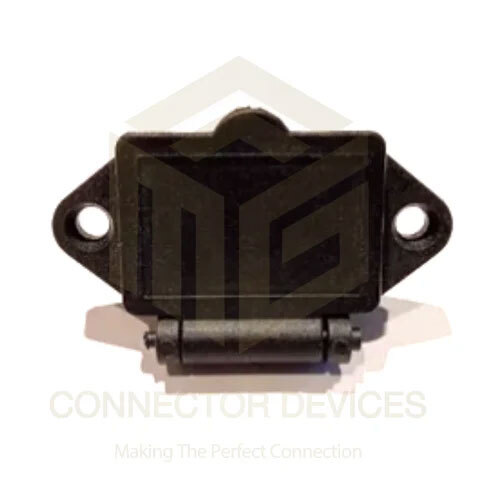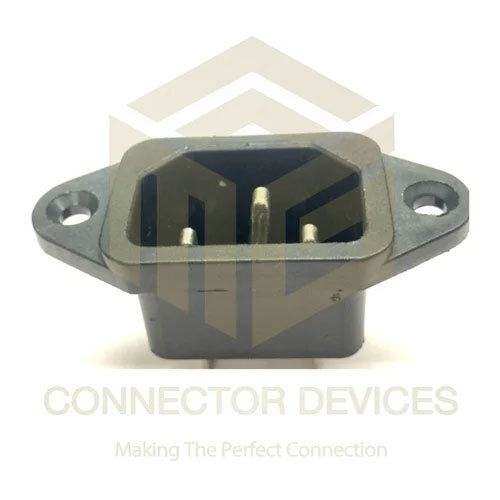
3 PIN DC JACK
2.0 INR/Piece
Product Details:
- IP Rating IP67
- Operating Temperature -25c to +70c Celsius (oC)
- Power Supply Electric
- Rated Voltage 250v Volt (V)
- Size Standard
- Color Black
- Current Rating 3 Amp
- Click to View more
X
3 PIN DC JACK Price And Quantity
- 2.0 INR/Piece
- 1000 Piece
3 PIN DC JACK Product Specifications
- Black
- 3 Amp
- 250v Volt (V)
- IP67
- Standard
- Electric
- -25c to +70c Celsius (oC)
3 PIN DC JACK Trade Information
- 100000 Piece Per Day
- 2 Days
Product Description
Product Name - Dc Female Jack
Part Number Dc-jack
Insulation Material - PVC Black
Voltage - 250v
Rating 3 Amp
Temperature - -25c to +70c
Tell us about your requirement

Price:
Quantity
Select Unit
- 50
- 100
- 200
- 250
- 500
- 1000+
Additional detail
+91
Email
 English
English Spanish
Spanish French
French German
German Italian
Italian Chinese (Simplified)
Chinese (Simplified) Japanese
Japanese Korean
Korean Arabic
Arabic Portuguese
Portuguese











